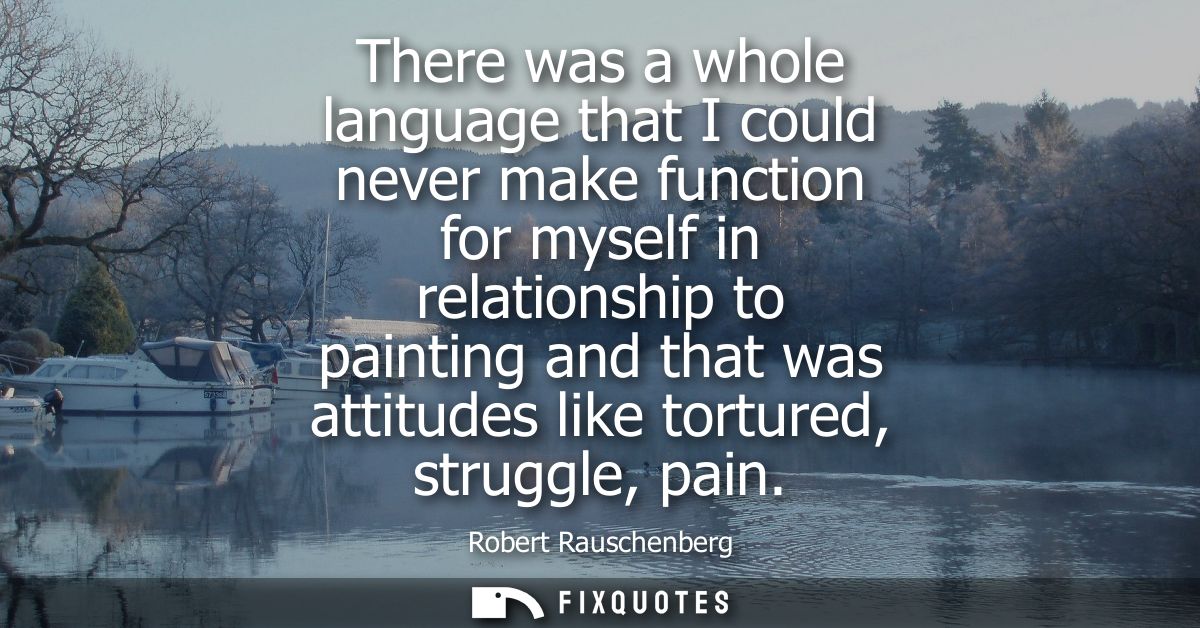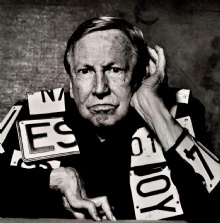"There was a whole language that I could never make function for myself in relationship to painting and that was attitudes like tortured, struggle, pain"
About this Quote
Robert Rauschenberg expresses a personal distance from a tradition in art that prioritizes an aesthetic of angst and suffering. He refers to a “whole language”, a manner of speaking, thinking, and making work, that is rooted in the idea that great painting is often a record of inner torment, existential struggle, and the artist’s pain. This attitude, especially prevalent in Abstract Expressionism and the legacy of artists like Jackson Pollock or Willem de Kooning, values the artwork as evidence of dramatic personal battle. Rauschenberg acknowledges his inability or unwillingness to adopt this code.
Rather than seeing artistic creation as bound up with psychic agony or dramatic existential struggle, Rauschenberg’s approach rejects this heroic myth. For him, painting is not necessarily a site of confession or suffering. There is an implicit critique of the belief that art’s legitimacy or value is tied to manifestations of turmoil. He expresses an estrangement from making struggle or pain the primary lens through which art is made or understood. Rauschenberg’s work, known for its playful assemblages, found objects, and bold experimentation, reflects an alternate relationship to creativity, one marked by curiosity, humor, and engagement with the world rather than isolation or anguish.
Instead of enacting or broadcasting psychological crisis, Rauschenberg’s art becomes an exploration of possibilities, materials, and everyday realities. He foregrounds the intelligence of play, the availability of materials, and the pleasure of discovery, sidestepping the expectation that artists must display visible signs of suffering. His position opens up artistic practice to a broader array of experiences, suggesting that authenticity in art can come from joy, invention, and openness. Rauschenberg’s remark underscores a generational and temperamental shift away from myths of the suffering artist, repositioning painting as a field for experimentation rather than exorcism.
More details
About the Author

